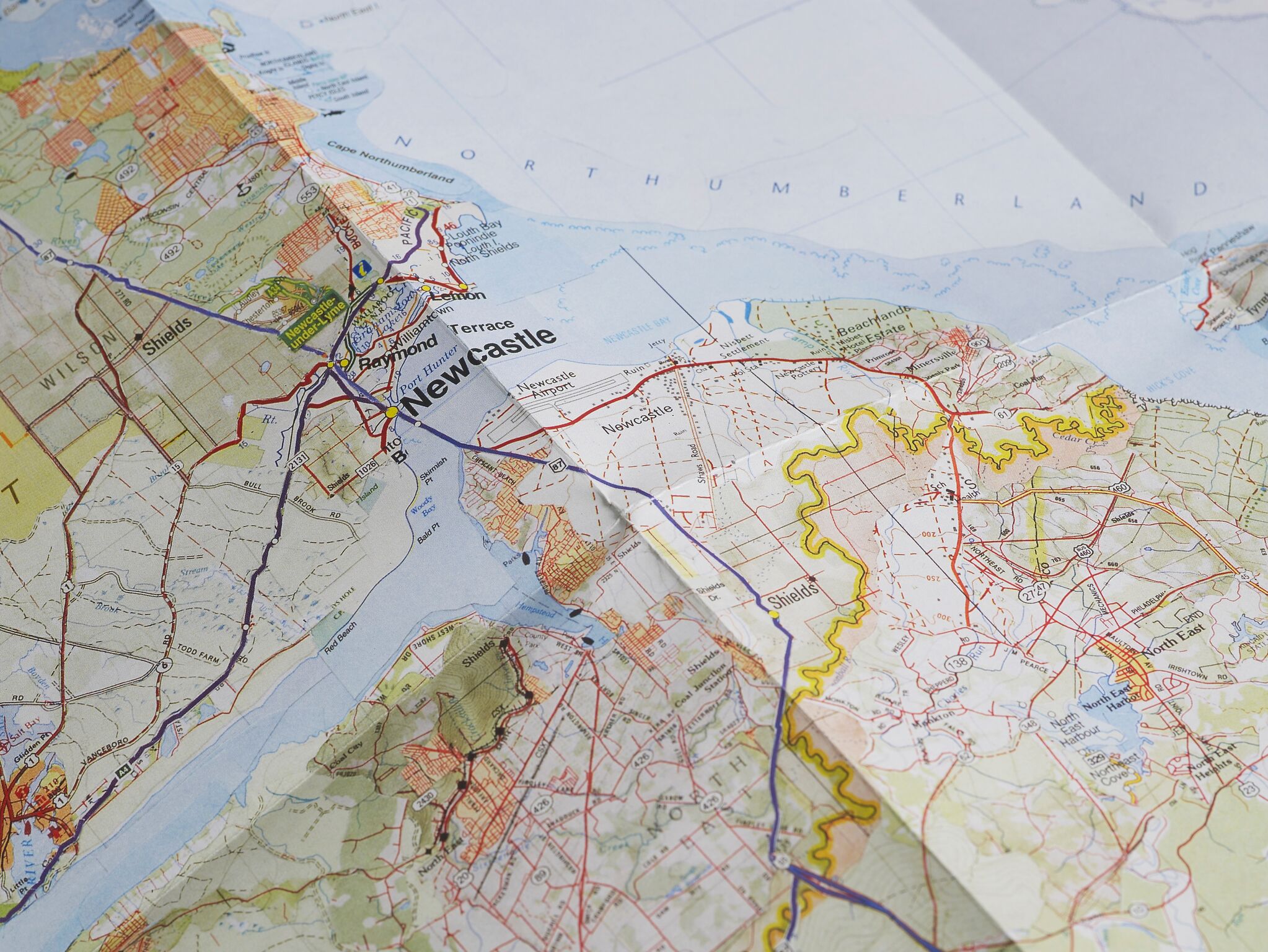By Laura Harker:
The late-November winds blew down Nyhavn, biting my cheeks as I walked between colourful canal-side buildings and small wooden huts selling hot glog wine and sugared treats. Tourists and locals were meandering along the road, enjoying the Christmas markets that just opened a couple of days previously. Following the pavement around to the left, I came to a stop by the Royal Danish Theatre, its high glass walls loomed over the mouth of the canal, and the wooden decking was slippery underfoot. I peered inside and saw huge floor-to-ceiling photographs of stage actors in the theatre’s entryway and spacious café, none of whom I recognised from TV or cinema. This huge theatre also wasn’t something I recognised from the silver screen, and I’d never seen the view in front of me until now. Water in the canal sparkled under the low sun that cast a soft toffee light onto the ripples, a sight that the camera could never truly capture.
I’d only been in Copenhagen for half a day, and already my preconceptions were slipping. Even before I stepped off the plane at Copenhagen Airport, I had an impression of the city firmly in my mind. After being drip-fed information about Scandi-noir crime dramas from newspaper TV columns and mentions of Danish films by heavyweight directors like Susanne Brier and Nicolas Winding Refn in film podcasts, I’d immersed myself in Danish cinema and now wanted to see the city for myself, away from the rose-tinted glare of the camera. Even though I’d never been, I was convinced that the hours spent watching detective Sarah Lund chase suspects around the city in The Killing would be enough to get my bearings. I’d even watch the city age and develop, going from political liberation in A Royal Affair to the gun-shot scared buildings during the Nazi occupation portrayed in Flame and Citron. Reams of show reel loosely sewed the city’s history, culture and geography together.
It’s impossible not to be influenced by what you see on film; a 90-minute snapshot greatly shapes your preconceptions of a city. James Bond’s London is all cocktail bars and Windsor knots; Amelie’s Paris centres around a bohemian Montmartre made up of quirky bistros; Hollywood shows us the American Midwest as a blur of white picket fences in God-fearing towns. I’d decided that Copenhagen would be chunky knit jumpers, muted Scandinavian tones, and omnipresent hygge.
Right at the end of the film Open Hearts one of the main characters gets in her little red car and drives around the city, the shaky handheld camera and low evening light giving this impromptu tour of Copenhagen a somnambulant atmosphere. As we’re taken around the city, it has a dream-like feel as lights in shop windows twinkle, cyclists and pedestrians are unwittingly caught on film, and the camera flicks across facades of hazy, non-descript buildings. In the run up to my trip, I used this scene as a starting point, recollecting shots from this final scene and weaving them together from scenes I’d watched elsewhere. I imagined walking through the city, through each scene, making note of each notable landmark: the town hall in The Killing; Tivoli Gardens in After the Wedding. Taking my mind along the pastel buildings along Nyhavn Harbour, knowing that the Charlottenborg Palace would soon pop up, and I could turn around and face the white-washed façade of the Noma restaurant across the river. My mind panned like a camera, framing the city in vibrant technicolour.
I told myself I knew the city: I could walk through movies and TV shows, I knew the tone of the city, I just had to follow the leads of directors, actors and film crews. I decided to leave the guidebooks and recommendations from friends at home. But I soon realised that wandering around the city isn’t as simple as flipping a page or cutting between scenes to get to the next attraction. It takes time working your way through a city and getting to all the sites. These slow walks or bustling train journeys always end up on the cutting room floor in the movies.
At the end of my first full day in Copenhagen, I climbed to the top of the Round Tower, looked across the burnt-orange skyline and realised I actually didn’t know this city at well as I’d told myself. This wasn’t going to be the Copenhagen showcased through film and chasing scenes in my head would be pointless; there’s no wide, sweeping shots of the city and there’s no camera that pans out, neatly framing each landmark for you. The nearest you get is staring out the window of the metro of the S-train as they pass underground, behind buildings or through industrial estates. You don’t have anyone telling you where you should look once you’re away from the TV screen. It takes longer to find the attractions if you’re your own editor and narrator, making your way on foot through streets.
I decided to write my own script for Copenhagen after that first day, and took to the streets on foot to explore and experience it for the city it really is, away from the stories told by a fil industry. Walking the streets, my view of the city wasn’t cut short by edited shots or hasty direction. I saw landmarks and buildings I’d seen on screen, but I also found a completely new side to Copenhagen, one that hasn’t had the gazing eye of an audience on it. And it is in these unpublicised, unglamorous areas and neighbourhoods in which the true soul of the city hides, far away from the intrusive gaze of the camera and the editing skills of a post-production team.
Laura Harker is a freelance writer based in North Yorkshire. She blogs at northquarters.com















